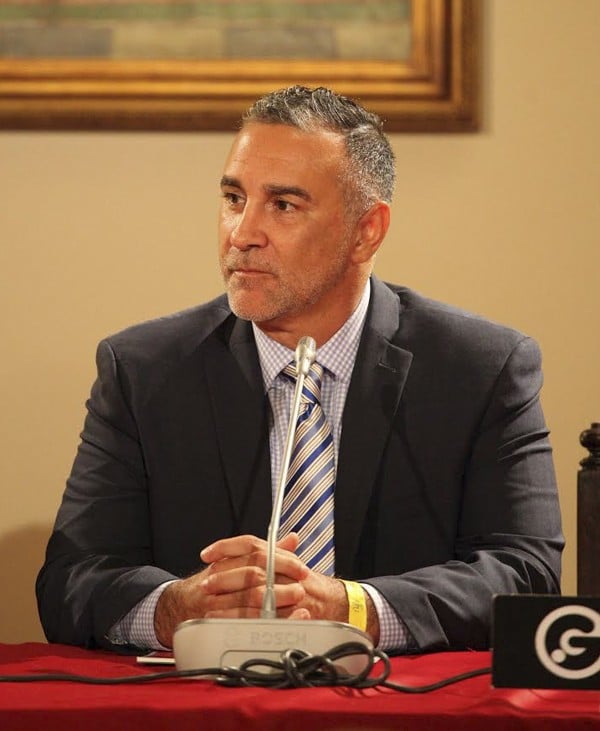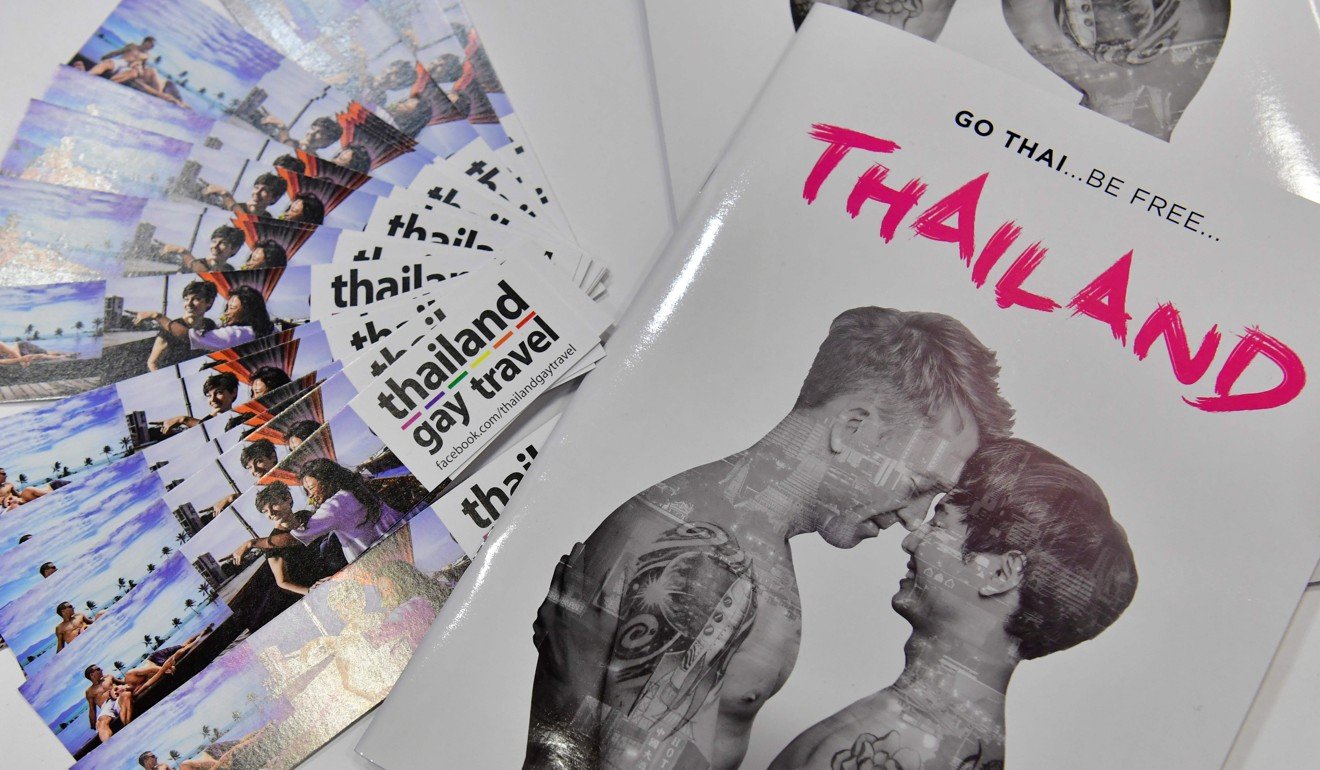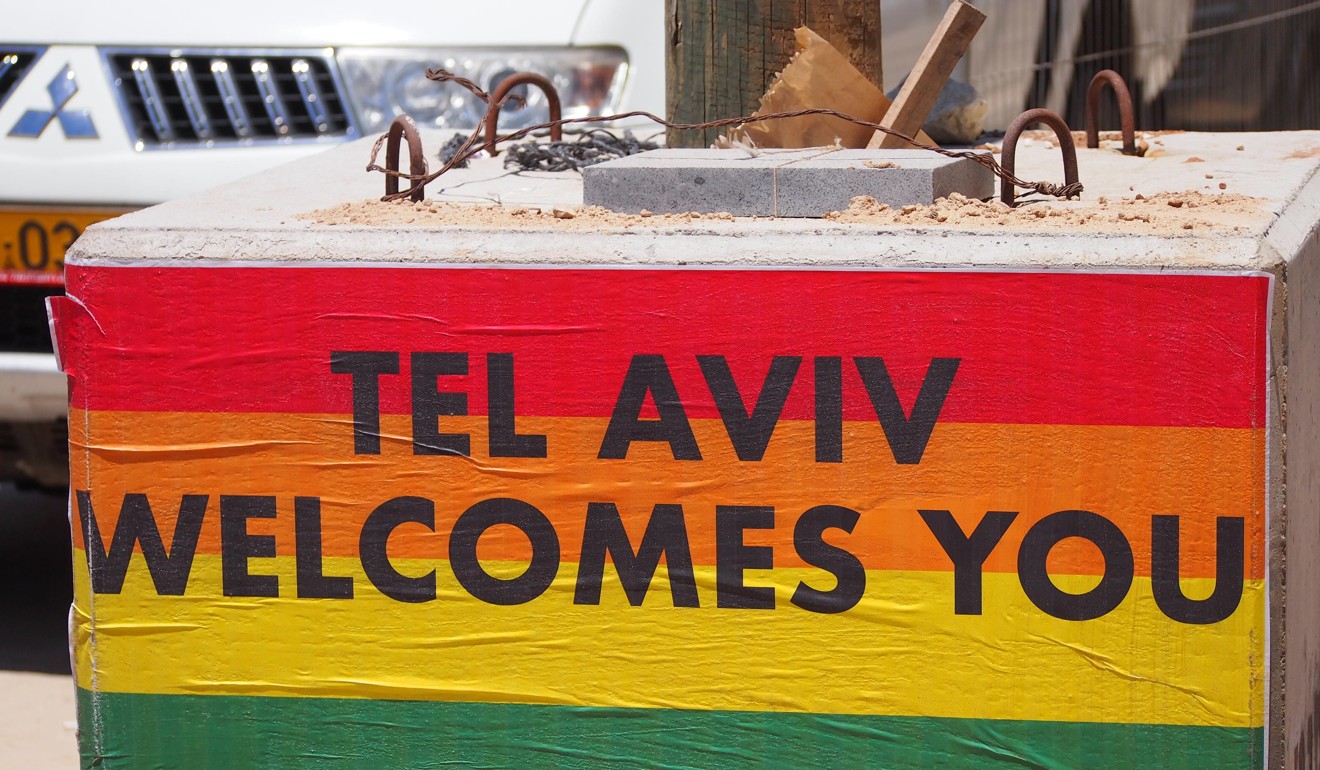
Travel operators eye pink dollars as rich LGBT tourists are more willing to go off the beaten track
Professionals at the world’s largest travel industry fair court affluent LGBT tourists, who travel more often, spend more money and are looking to expand their horizons

From gay-friendly honeymoon destinations to party escapes, tourism has long catered to LGBT travellers. As acceptance grows, so do calls for the industry to broaden its offers, and avoid clichés.
All too often travel professionals stuck to stereotypical views of lesbian, gay, bisexual and transsexual guests as hedonistic holidaymakers, says Thomas Boemkes of the consulting agency Diversity Tourism at Berlin’s ITB fair, the world’s largest travel trade show.
“Hotel owners still ask me how to be gay friendly, and if, for example, they should be offering condoms,” says Boemkes.
“I tell them all they have to do is be tolerant and welcoming, as you would be with any other client, without being intrusive,” he says, adding that “it is appreciated” when reception staff ask two male guests whether they would like twin rooms or a shared bed.
The World Tourism Organisation estimated in a 2016 report that LGBT travellers account for five to 10 per cent of global tourists.
It describes a group “that travels with greater frequency and shows higher-than-average patterns of spending”, making them and their so-called “pink dollars” welcome visitors in many countries.

LGBT tourism has grown since its origins more than four decades ago, when a US travel firm offered the first gay-only tour of the Grand Canyon in 1973.
Ten years later, the US-based IGLTA was founded and today is among the most prominent exhibitors at the influential ITB trade fair.

It is less typical for gay travellers to have children, and they do have more money and time to travel
Juan Julia has targeted such cities for his chain of Axel Hotels aimed at LGBT travellers. “It means a place where you feel free, welcome, inclusive, you can meet with the local community, like a sanctuary,” he says. The inclusion goes both ways. “We are also straight friendly,” he adds.
Although some hot spots remain perennial favourites, the LGBT community is increasingly looking to expand its horizons.
More countries are becoming “safer and welcoming”, Tanzella says, allowing intrepid LGBT travellers to escape “the gay bubble effect” and explore previously hidden gems.
Among the top emerging destinations is Colombia, which Tanzella describes as already “very well-known in our community, with plenty of gay dance clubs”.
“Colombia is very forward-thinking,” he says. “And the entire country is beautiful.”

By far the most popular packages are those linked to weddings and honeymoons, driven by the legalisation of gay marriage in various nations around the world.
At the ITB fair, tourism officials from California were among those actively trying to woo same-sex future newlyweds.
A 2015 survey by Community Marketing found that the main criteria for LGBT tourists were quality, price and location – the same as for heterosexual travellers. LGBT families with kids put child-friendly accommodation at the top of their list.

Tanzella says his travel federation has created a foundation to help “emerging LGBT destinations in difficult contexts”, and sponsors small gay pride parades in countries where the community is working to find more acceptance.
In Uganda, where homosexuality is illegal, Tanzella says the federation had a local member, “a very brave guy”, who was trying to encourage LGBT travel.
“Uganda is one of the most homophobic states in the world,” says Tanzella.
“But he is doing great and we are helping him. We also want to see the gorillas.”